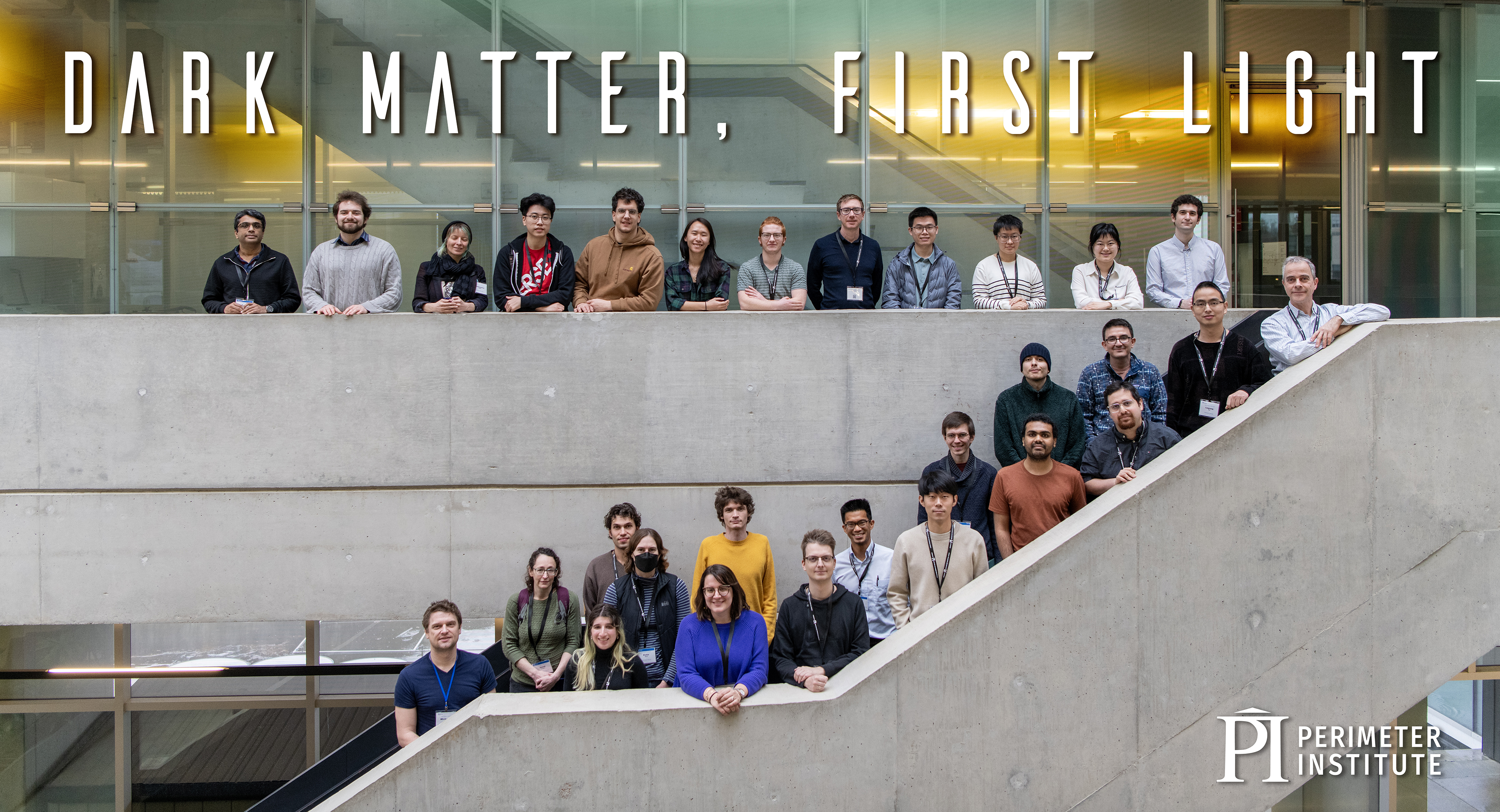New observational programs and techniques are opening a window to the first galaxies in the universe and bringing surprises along the way. In this workshop, we'll explore how dark matter phenomenology may have impacted the first stars and galaxies, focusing on how improved modeling and simulations can allow us to use new and upcoming high-redshift data to gain insight into dark matter's fundamental nature.
Sponsored in part by:


Format results
-

Opening Remarks
-
Katherine Mack Perimeter Institute for Theoretical Physics
-
Aaron Vincent Queen's University
-
-

Dark and visible structures with dissipative dark matter
Sarah Shandera Pennsylvania State University
-

-

-

The First Stars in the Universe as Dark Matter Laboratories
Cosmin Ilie Colgate University
-

Probing Atomic Dark Matter using Simulated Galactic Subhalo Populations
Caleb Gemmell University of Toronto
-

Dark matter at high redshifts with JWST
Julian Munoz The University of Texas at Austin
-

(Dark) Baryogenesis through Asymmetric Reheating in the Mirror Twin Higgs.
Andrija Rasovic University of Toronto
-

Panel Discussion: Theory motivations - why are we here?
-
Rahul Kannan York University
-
Benjamin Lehmann Massachusetts Institute of Technology
-
Andrija Rasovic University of Toronto
-
-

Supermassive black hole seeds from sub-keV dark matter
Aaron Vincent Queen's University
-

-

Forming the first stars amidst decaying and annihilating dark matter
Wenzer Qin Massachusetts Institute of Technology (MIT)